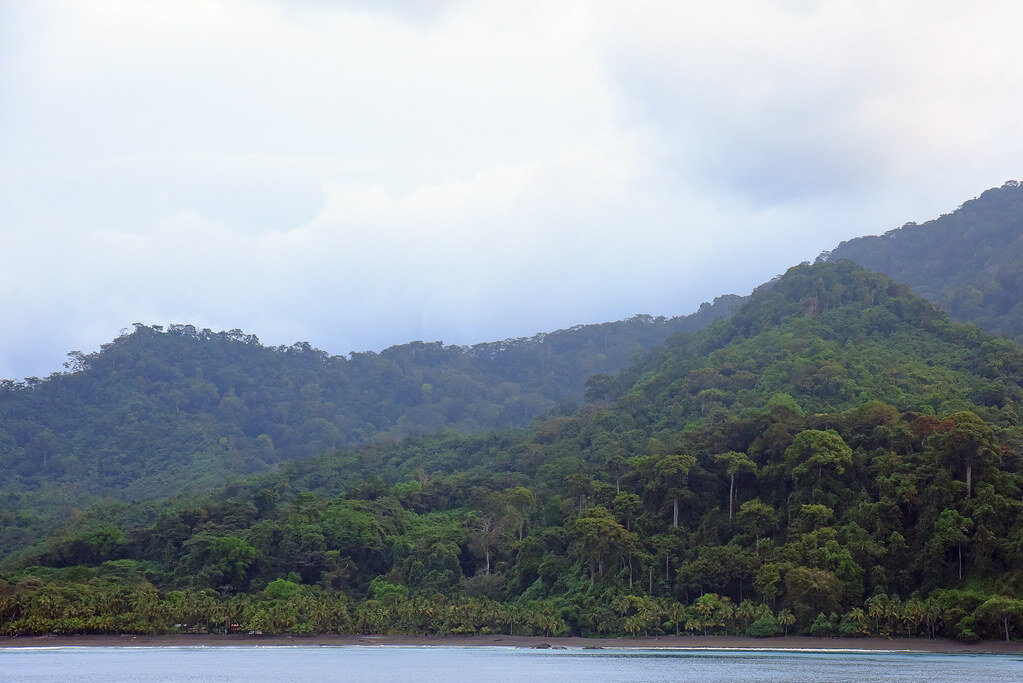Record Number of Migrants Cross Darién Gap
Over 90,000 migrants crossed the Darién Gap in 2021 (Flickr).
The number of migrants that attempted to cross the Darién Gap between Panama and Colombia reached a record high this year, according to Panamanian immigration officials. More than 90,000 people have completed the dangerous trek since January, tripling the previous record of 30,000 migrant crossings in 2016. More than 20,000 people crossed the Darién Gap on foot in August alone.
The Darién Gap is a 10,000 square mile expanse of swamps and rainforests connecting Colombia and Panama. The most direct south-to-north route taken by migrants is an unmarked, 50-mile trail. The Darién is notoriously dangerous; it teems with the fer-de-lance—one of the world’s deadliest snakes—and armed groups patrol trails used for drug and weapon trafficking. In May and July, 96 women were sexually assaulted by bandits while crossing the jungle. Despite the risks, many migrants still cross the Darién for opportunities in the United States.
“We take the risk because we have children,” said Vladimy Damier, a Haitian migrant who attempted the crossing earlier in October. Beside him, his wife affirmed that “to return to Haiti wasn’t an option.”
The International Organization for Migration (IOM) recorded more than 56,000 Haitian migrants at the Darién Gap in 2021, many of whom were children. In recent weeks, more than 13,000 migrants seeking refuge arrived at the United States-Mexico border—the majority of them Haitians. As more Haitian migrants traverse the Darién jungle in the coming week, this number is expected to increase.
Jorge Tobón, the mayor of Necoclí, Colombia, said that 1,000 to 1,500 migrants arrive in the coastal town each day. The town only allows 500 migrants to leave on boats across the Gulf of Darién to the Panamanian border, which creates a crowded bottleneck in Necoclí. Around 20,000 Haitians currently wait at the Colombian border to enter Panama. After the 2010 earthquake in Haiti, many Haitians traveled to South America seeking work. An estimated 100,000 Haitians now reside in Brazil and around 69,000 live in Chile. High unemployment rates in Brazil and Chile, as well as the hope of a welcoming Biden administration, caused many Haitians to travel toward the United States.
Other than the Haitians, 13,000 Cuban migrants traveled through the Darién Gap, as well as migrants originating from Venezuela, Bangladesh, Senegal, Nepal, and Ghana.
“Fear is with us,” said Davidson Lafluer, a 24-year-old Haitian migrant. “But we have no choice but to keep on going.”

